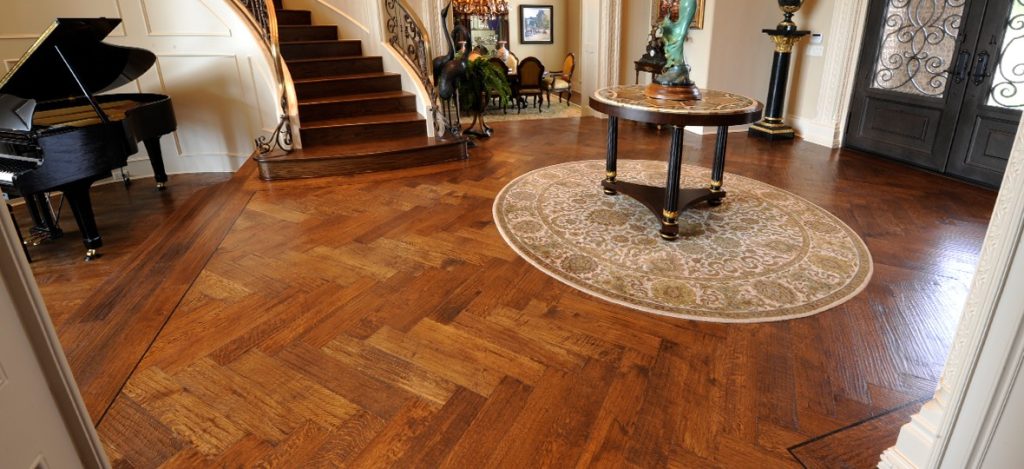Achieving timeless beauty in your home begins from the ground up, quite literally, with the installation of hardwood flooring. Mastering this process can transform any space, infusing it with warmth, elegance, and enduring charm. Hardwood floors have long been revered for their natural beauty, durability, and ability to elevate the ambiance of any room. However, installing hardwood flooring requires careful planning, precision, and attention to detail to ensure a flawless result that will stand the test of time. Before embarking on the installation journey, it is crucial to select the right type of hardwood for your space. Consider factors such as the room’s usage, moisture levels, and existing décor to determine the most suitable species, grade, and finish for your needs. Whether you opt for the classic appeal of oak, the exotic allure of Brazilian cherry, or the rustic charm of reclaimed barn wood, choosing high-quality hardwood is paramount to achieving a stunning final look. Once you have chosen your hardwood, meticulous preparation of the subfloor is essential. Ensure the surface is clean, level, and free of any debris or imperfections that could compromise the integrity of the installation.

Proper moisture testing should also be conducted to prevent issues such as warping or buckling down the line and visit the site. Taking the time to adequately prepare the subfloor will lay the foundation for a seamless and long-lasting hardwood floor. When it comes to installation techniques, there are several options to consider, including nail-down, glue-down, and floating methods. Each approach has its advantages and is suitable for different types of hardwood and subfloor conditions. Nail-down installation, for instance, involves securing the hardwood planks to the subfloor using nails or staples, providing exceptional stability and longevity. On the other hand, glue-down installation utilizes adhesive to bond the hardwood directly to the subfloor, offering a smooth and quiet surface ideal for high-traffic areas. Floating installation, meanwhile, involves interlocking the hardwood planks without the need for nails or glue, making it a popular choice for DIY enthusiasts and areas with moisture concerns. Regardless of the installation method chosen, attention to detail during the layout and placement of the hardwood is paramount.
Carefully plan the arrangement of the planks to optimize the aesthetic appeal and minimize waste. Ensure proper expansion gaps are maintained around the perimeter of the room to accommodate natural fluctuations in humidity and prevent unsightly buckling or gaps. Additionally, take care to stagger the joints between planks for added structural integrity and visual interest. Finally, once the hardwood flooring is installed, proper care and maintenance are essential to preserve its timeless beauty for years to come. Regular cleaning with a damp mop or hardwood floor cleaner will help remove dirt, dust, and debris, while routine inspections can identify any potential issues early on. Additionally, consider applying a protective finish to enhance the wood’s natural beauty and safeguard it against scratches, stains, and wear. In conclusion, mastering hardwood flooring installation is a rewarding endeavor that can significantly enhance the beauty and value of your home. By selecting the right hardwood, preparing the subfloor with precision, choosing the appropriate installation method, and maintaining proper care and maintenance, you can enjoy the timeless elegance of hardwood flooring for generations to come.